|
The silver fern flag, designed by Kyle Lockwood will feature at the V&A Gallery (Victoria & Albert Museum) in London.
This is one of the world’s top galleries and we are very excited that our Silver Fern Flag will be proudly on display. This major exhibition is well worth a visit if you are in London between Saturday 12 May 2018 and the 4th of November 2018. This exhibition will display emerging technologies, the ways in which they will affect our lives in the near future, and what choices we have – as citizens – to influence their development. The world of tomorrow is shaped by the designs and technologies emerging today. From smart appliances to satellites, this exhibition brings together more than 100 objects either newly released or in development that point towards where society might be headed. Although some may seem straight out of science fiction, they are all real, produced by research labs, universities, designers' studios, governments and corporations. Guided by ethical and speculative questions, we invite you to step into four scenarios – self, public, planet and afterlife – each evoking increasing scales of technological impact. How might these objects affect the way you live, learn and even love? The undeniable physical reality of these objects may give the impression that the future is already fixed. But new things contain unpredictable potentials and possibilities, often unanticipated even by their creators. It is up to us – as individuals, as citizens and even as a species – to determine what happens next. While the objects here suggest a certain future, it is not yet determined. The future we get is up to us. The future starts here. 1. Self What makes us human? We can now design life itself. Our bodies, and even our internal biological systems, are becoming sites of design. Wearable technologies and personal trackers have become standard objects of our everyday. We measure our heart rate when we go jogging, and navigate cities with the help of GPS. As we extend our cognitive and biological capacities through machines, distinctions between what is human and what is technological blur. Once synonymous with privacy and reclusion, the home is now a broadcasting station from which we share our lives through social media. We are now all connected, but are we still lonely? 2. Public Are cities still for everyone? This section explores the public realms of cities, politics and networks, the places where we come together to collectively make decisions. People get together to crowdfund everything from bicycles to bridges, or to leak governmental secrets and generate new currencies. In face of this, Does democracy still work? The future of public and civic spaces lies between two competing forces: the top-down strategies of an increasingly small number of companies and governments, and the bottom-up tactics of an increasingly large number of people. Which will thrive? 3. Planet Should the planet be a design project? Human activity has altered our planet to the extent that some scientists have declared a new geological epoch, the 'Anthropocene', or 'age of humans'. Now that we know our behaviour has unintentionally designed the Earth, can we use technology to reverse the effects? Some designers are working on possible solutions to clean, repair or give back to the planet. Others are looking beyond the Earth for solutions in the stars – designing satellites that scope asteroids for mining new geological resources, and solutions for inhabiting Mars. But if Mars is the answer, what is the question? Can we still save our planet or shall we leave? 4. Afterlife Who wants to live forever? Current advancements in biotechnology and artificial intelligence have the potential to redefine our conceptions of what life is. Reawakening after death or uploading one's mind onto a computer are ideas that may sound like science fiction but are taken seriously by some futurists today. Against these efforts to preserve the self, institutions such as the Long Now Foundation or the Svalbard Global Seed Vault are working to preserve humanity through books, seeds and material culture. What do we want to preserve for the future – the individual or the collective? See more, and to book visit; https://www.vam.ac.uk/articles/about-the-future-starts-here-exhibition
0 Comments
For those wishing to use/manufacture the Silver Fern Flag design. As you will know, New Zealanders recently voted in the final flag referendum and the Current NZ Flag was chosen as our flag for the future.
In light of the result, the Crown has returned all intellectual property rights in the Silver Fern Flag to Kyle Lockwood. Therefore should you wish to sell the Silver Fern Flag, you should do so with Mr Lockwood's agreement; Mr Lockwood can be contacted at [email protected]. Thank you very much for your support during the Flag Consideration Project, it is greatly appreciated. NEW ZEALAND FLAG CONSIDERATION PROJECT Support for a new flag hasn’t been snuffed out. Rather, its momentum has been temporarily slowed. Dawn French. NEW ZEALAND LISTENER - EDITORIAL
So. After two referendums and a national debate that was far more bruising and acrimonious than anyone expected, we remain where we started: with a national flag that many New Zealanders still have trouble distinguishing from Australia’s, and which identifies us as a quaint British outpost in the South Pacific. The people have spoken – and as former Labour Party leader Mike Moore was fond of saying, the people are always right, even when they are wrong. What, if anything, has been achieved? Critics say it was a scandalous waste of $26 million. But put that figure in perspective: it equates to 0.03% of total Government spending in the past financial year. Put another way, the flag referendum process cost $6 for every New Zealander – far less than the price of a movie ticket. Even weaker was the argument that the referendum process ran roughshod over democracy. The process was fair, thorough and transparent. It was agreed in advance by a parliamentary committee consisting of MPs from every party except New Zealand First, which declined to participate. Two referendums were conducted, public meetings were held up and down the country, more than 10,000 flag designs were submitted for consideration and an advertising campaign reached into virtually every home. In the end, more than two million people – 67% of those eligible – voted, and the Government undertook in advance to honour the result. Not democratic? Really? If anything, New Zealand has enhanced its standing as one of the world’s most democratic states. No other country has chosen its flag by popular vote. If there was a failing, it was of democracy itself when the first referendum, due to the quirks of the preferential system, produced a “favourite” flag design that wasn’t the most popular No 1 choice. But no one ever said democracy was perfect. Other stumbles along the way were caused by flaws of judgment rather than process. One valid criticism was that the shortlist of four designs (increased to five at the last minute to satisfy a noisy social media campaign for the red peak design, which voters resoundingly rejected) failed to represent the breadth and variety of the “long list” of 40. But claims that the shortlist represented the personal favourites of the Prime Minister – which in turn necessitated the belief that the 12 prominent New Zealanders on the Flag Consideration Panel were all under the mind control of John Key – belonged in the realms of fantasy, if not outright paranoia. Another canard was that it was all Key’s idea anyway: a personal vanity project. This no doubt explained the Labour Party’s petulant stance, which itself raises the issue of how far we can trust a party that promoted a change of flag in its 2014 election policy and was fully represented on the cross-party committee that gave its blessing to the referendum process, but changed its mind. Changing the flag wasn’t Key’s idea; it has a history that dates back to the 1960s. Support for change has surfaced repeatedly since, including from such beloved leaders as Norman Kirk and David Lange. Yet another argument ran that rather than dither over the flag, New Zealand should go all the way and become a republic. That way, a new flag would follow automatically. But republicanism remains a fringe movement, and most New Zealanders have no difficulty treating the flag as a distinct issue. Even visiting celebrities such as Dawn French understand that changing the flag is a separate matter. French told Fairfax Media she preferred the fern flag, saying, “Of course I love the Union Jack, it’s my flag … but you guys are New Zealand.” In the end, the margin was closer than anyone predicted: 56.6% of voters favoured the status quo and 43.2% backed the Kyle Lockwood-designed alternative. The referendum may have resulted in no change, but for reasons so complex, confused and contradictory that it would be unwise to draw too many conclusions about why people voted the way they did. There were many ironies, including anti-TPPA protesters voting for the ultimate symbol of corporate greed sanctioned by the Empire. Support for a new flag hasn’t been snuffed out. Rather, its momentum has been temporarily slowed. As we go on with the task of explaining to the rest of the world the difference between our flag and that of Australia – the Aussie flag depicts the Southern Cross more accurately – New Zealanders have at least engaged in a passionate, if frustratingly inconclusive, debate about what our flag should say about us. In the process, we may have learnt something about ourselves. That should leave us better prepared when the issue comes up again – as it will. NEW ZEALAND LISTENER Issue 3959 1st April, 2016 Editorial http://www.listener.co.nz/commentary/features/flag-referendum-win-democracy/ The flag debate enters its final phase badly skewed by factors that have little to do with our national symbol. NZ Listener 3 March 2016 The flag debate on the streets of West Auckland.
The flag debate enters its final phase badly skewed by factors that have little to do with our national symbol. To the many voters who oppose change because they like the present flag or dislike the alternative, we can add those wanting to use the referendum for a purely political point. And yet it’s not too late to get the debate back on track. The Listener stands by the simple question it posed two years ago: does New Zealand have a clear sense of its own national identity or are we still so unsure of ourselves that we must present an image to the world of being a distant appendage of a former colonial power? It’s helpful to look at this in an historical context. A booklet just published by the Flag Consideration Panel reminds us that when the current flag with its Union Jack was adopted, New Zealand troops were fighting for the British Empire in South Africa. And they wore the silver fern. Even then there was recognition of the fern’s cherished role in New Zealand. As Sir Tipene O’Regan of Ngai Tahu has said, “Maori have always honoured the fern, giving it a pride of place.” To Maori, the silver fern denotes “strength, stubborn resistance and enduring power”. However, at that time, most New Zealand citizens had been born in the United Kingdom or were the offspring of people born in the UK. Until 1949, New Zealanders carried British passports. As recently as 1973, we were officially described as British subjects. God Save the Queen remained our official anthem until 1977. For New Zealanders not born then, the strength of the attachment to Britain must seem extraordinary. That umbilical cord was severed when Britain joined the European Economic Community in 1973. What alarmed us then as a frightening abandonment turned out instead to be a momentous act of liberation, setting New Zealand free from its stifling dependence on Britain. By the 70s, most other former British colonies had already dropped the Union Jack from their flags. Prominent voices here spoke out for change – including that of union leader Ken Douglas, who suggested in 1969 that we adopt the silver fern and Southern Cross. Earlier still, Labour leader Norman Kirk, whose tenure as prime minister would be defined by a determination that New Zealand should make its own way in the world, had called for a change of flag to distinguish ours from Australia’ In the decades since, the case for a new flag has become more compelling. From being a stolidly Anglo-Saxon outpost, Auckland is now the world’s fourth-most ethnically diverse city. We have forged close relationships with other countries, most notably in Asia and the Pacific. Our relationship with London remains close and affectionate, but it no longer defines us. Our flag has yet to catch up with this remarkable national metamorphosis. In this one vital symbolic respect, we remain locked in the rusted embrace of an extinct empire. The old flag fails miserably to reflect our status as a dynamic, independent, multicultural society in the South Pacific, proud of our Maori heritage. Regrettably, much of the recent focus has been on the referenda cost – although it’s less, it transpires, than the annual taxpayer contribution in services to gang members. And amid all the talk of “tea-towel design”, we forget not all Canadians wanted a change of flag in 1964, still less the maple leaf, which did feature on tea towels. It took a determined Prime Minister, Lester Pearson, to drive change. Canada’s now beloved flag features a stylised leaf with 11 points – of no special significance. The number was chosen after wind tunnel tests showed the design “to be the least blurry”. Yet how many Canadians today would argue that Canadian pride and identity hasn’t been greatly enhanced by one of the world’s most recognisable flags? New Zealand has shown that it can be bold. This is the country that gave women the vote in 1893, took a principled stand against nuclear weapons in the 1980s and has won admiration time and again for its independence and fair-mindedness on the international stage. What a lost opportunity it would be for this nation if the political noise surrounding the current referendum deters us from what is so obviously the right decision. http://www.listener.co.nz/commentary/features/flag-of-the-bold/ There are quite a few myths and legends surrounding the New Zealand Flag. Massey University Senior Research Historian Malcolm Mulholland has published an excellent book of facts about flags in New Zealand, the book is an interesting look into not only flags but also touches on New Zealand's history as a whole - download his book below, even if you're for or against a new flag for NZ, you'll be fully informed before you vote in March, it's definitely well worth the read!
|
MEDIAArchives
December 2022
Categories
All
|
||||||
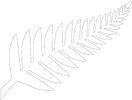
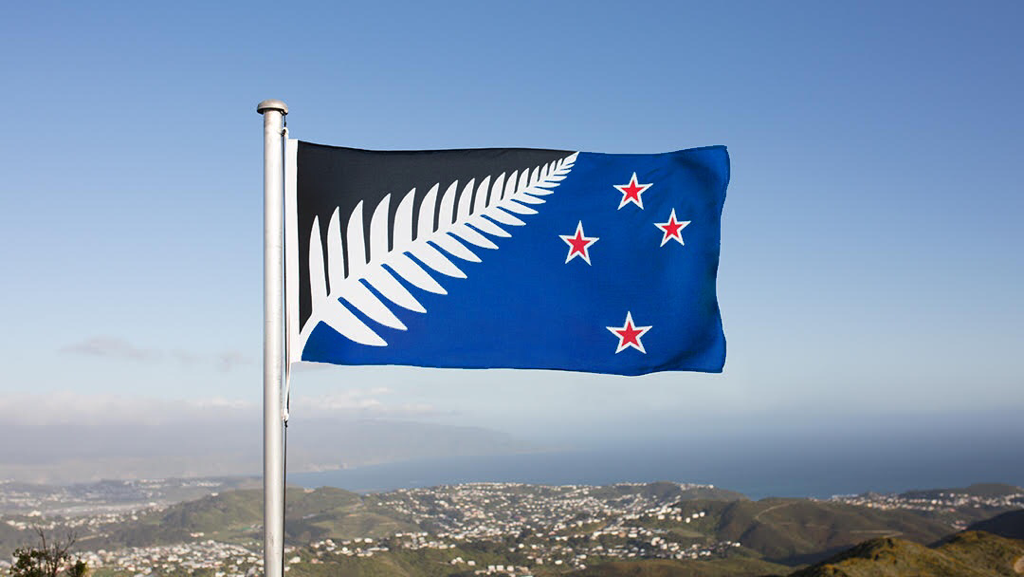
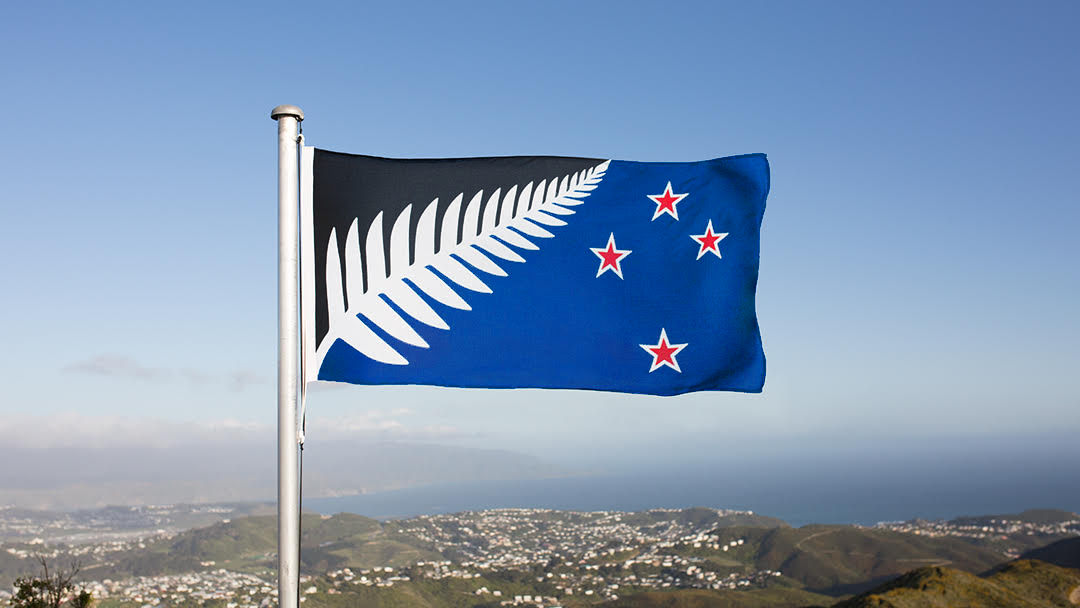
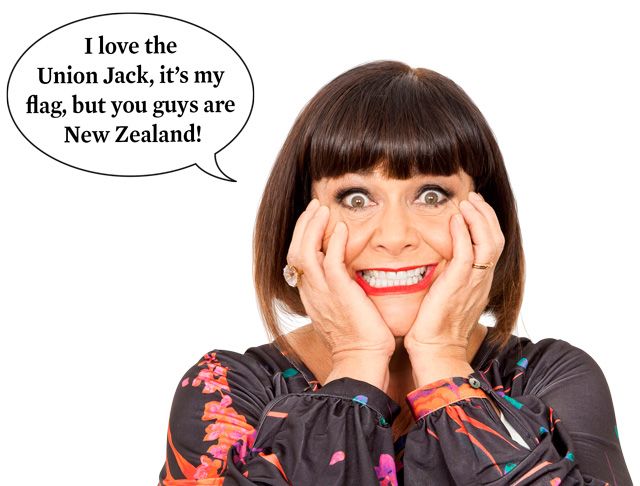
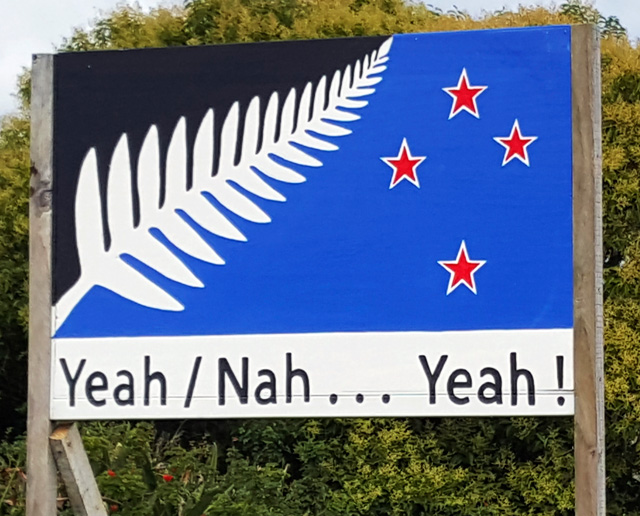
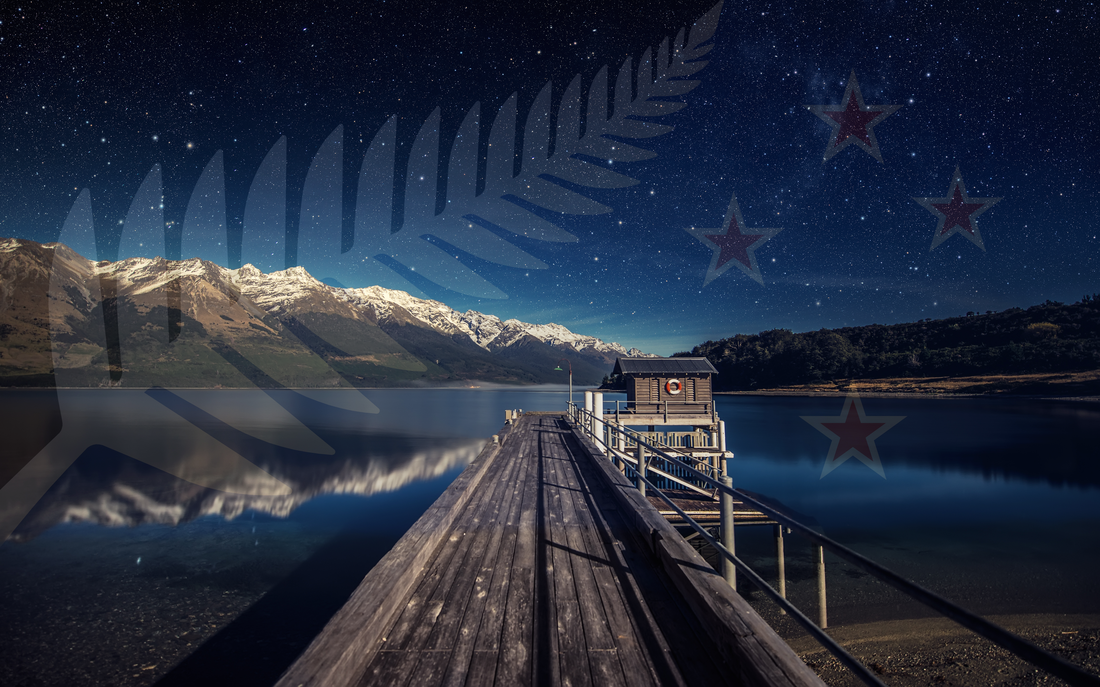
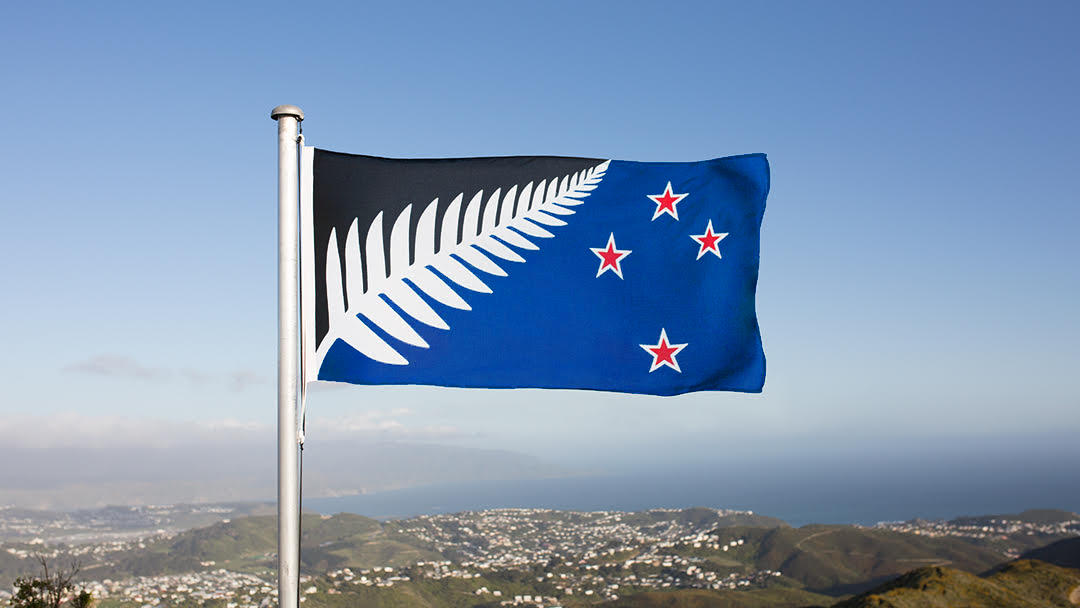
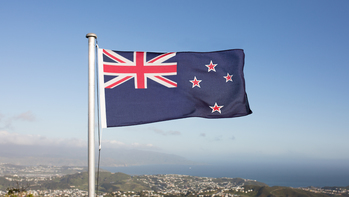

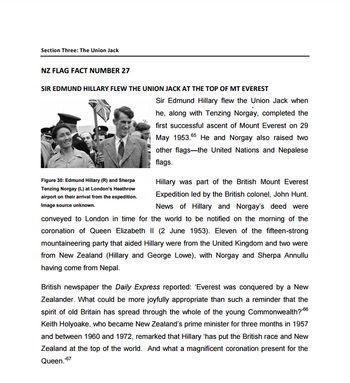
 RSS Feed
RSS Feed
